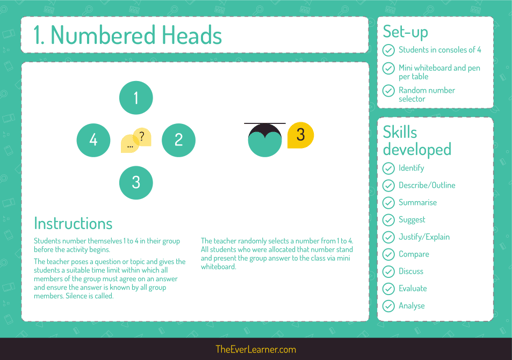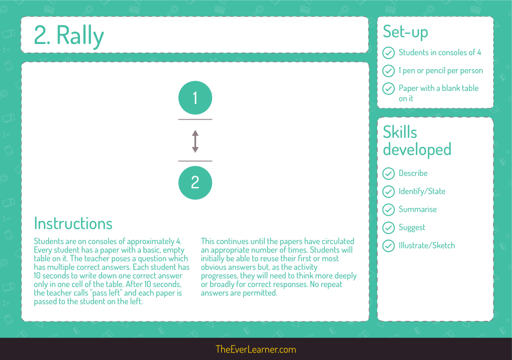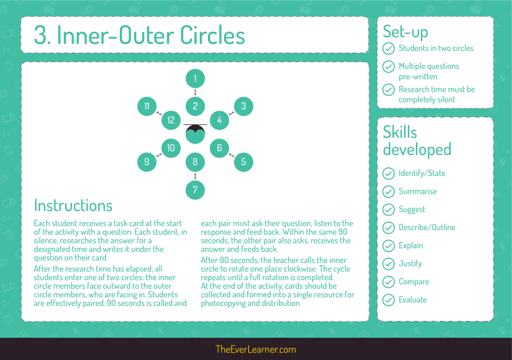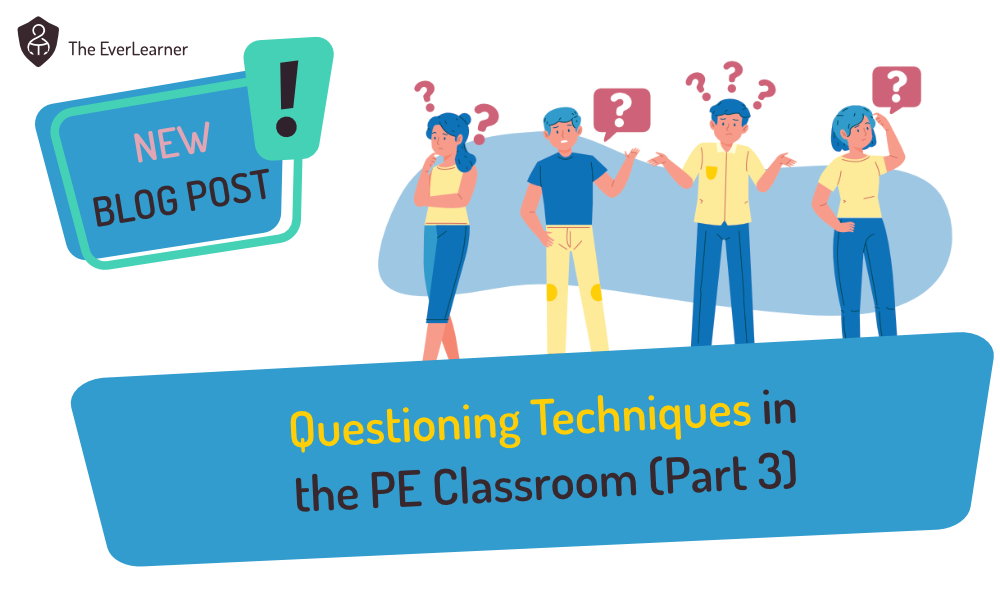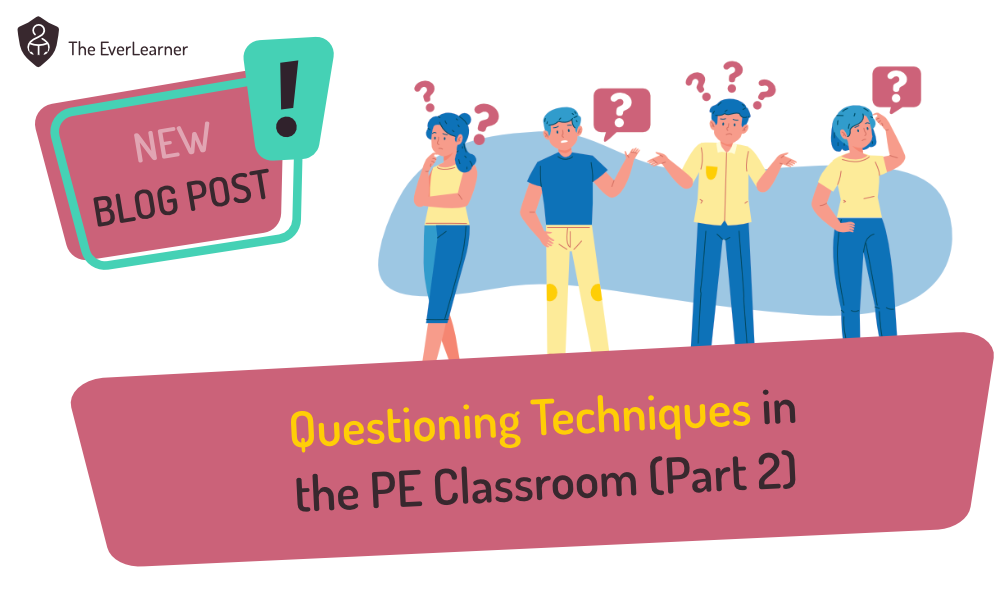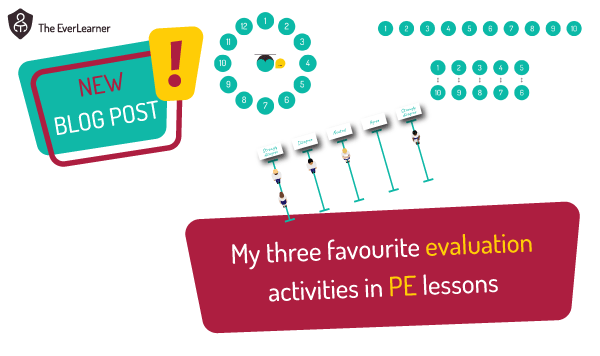Questioning Techniques in the PE Classroom (Part 1)
Q&A is one of the most fundamental skills of a classroom-based PE teacher. I believe that asking questions should have the following, and only the following purposes:
- to cause the maximum new learning possible;
- to encourage the maximum adaptation of previously learned knowledge/skill;
- to increase the decoding rate of previously learned knowledge/skill by the maximum amount possible.
Learning-based questioning should not be conducted in a classroom for any other purpose.
During the early stages of my 23 years of PE teaching, my questioning infrequently achieved these aims and was often an assumed behaviour. Some of the weaknesses I had were:
- Inefficiency: I asked a question and that question failed to challenge the maximum number of learners.
- A lack of new learning: My questions frequently took the form of “Tell me what you already know, student". Whilst decoding of learned knowledge is not wrong (see point 3 above), it should have been a minor factor in my questioning technique.
- A lack of idea/resource sharing: My open questioning and directed questioning both failed to allow learners to benefit from the ideas and resources of others. This meant that learners often only had the resources of their own ideas when responding to my questions. This was inefficient and should have been challenged.
- A lack of time pressure: My questioning techniques sometimes needed to prepare learners for answering under timed conditions.
So, now I’ve expressed what I feel was “wrong” with my older questioning practices, I aim to offer you the mechanisms I used to change my questioning technique. All of these mechanisms can be applied by a teacher with very little preparation time. I am going to release three activities per blog post and build this resource over time. Each activity comes with a downloadable card and you can collect and print these cards as I release new activities in the coming weeks. I hope that teachers might consider putting these cards into a CPD resource, stick them on the office wall or store them in their planners ready for use.
Let’s take a look at the first three:
Questioning Technique 1: Numbered Heads Together
I am going to estimate that I use this technique in a majority (at least >50%) of all of my lessons. In many ways, it is my stock questioning methodology. I love it for five reasons:
- It gives seating plans meaning.
- It challenges every student equally.
- Students need to negotiate on answers under time-constrained conditions and must listen and share and convince in order to be “correct”.
- It’s time efficient. A 30s question episode can stimulate learning and application of learning in 100% of the students in the room.
- It allows for a friendly amount of positive competition in the classroom.
Here’s how it works:
And here’s a fuller demonstration:
You will notice the importance of the rules. I urge teachers to be strict on setting exact times for discussion, for there to be no writing before the number is selected, for there to be silence once the number has been selected and so on.
Questioning Technique 2: Rally Robin
This activity is fantastic for the rapid retrieval (decoding) of previously learned knowledge, in context. In other words, it challenges the degree to which a concept has been stored in the long term memory. It is also extremely simple as well as fun. One of my favourite features of this activity is watching students strain to recall relevant information. They will look to the sky, tap the desk, strain their lips and so on because they are attempting to access memory under time pressure. I also love this activity because it forces idea sharing between and amongst students, giving each student a wider range of potential answers in the future.
It works like this:
And here is my fuller explanation via video. Please, take note of the ways in which I make this a whole class activity.
Questioning Technique 3: Inner Outer Circles
Health warning: This activity can be noisy!
Inner Outer Circles is an off-the-chair activity. There may be ways to do it on chairs but I like it "off the feet". The activity is excellent for content-based questions and answers.
It works like this:
And here’s a fuller explanation of the activity by video. Once again, you will notice some of the little details that I use to make the activity work particularly well.
I encourage all readers of this post to engage with these activities but to do so following the guidelines that I have provided. These activities work if they are done right.
I will release a further three activities when I release part 2 of this post. In total, I am hoping there will be between 5 and 6 of these posts in total over the next few months.
Thanks for reading.
%20Text%20(Violet).png)
